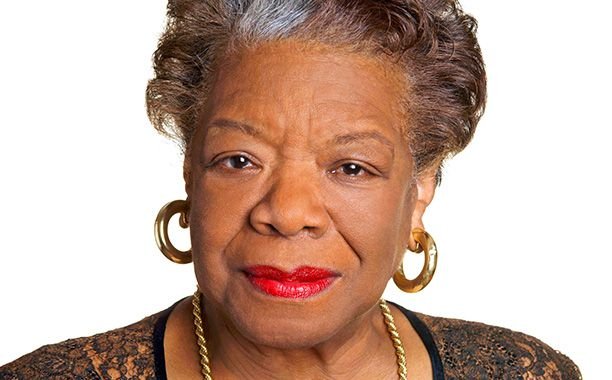
Exploring the World of Romance: From Classic Love Stories to Modern Relationships

Share:
Exploring the World of Romance: From Classic Love Stories to Modern Relationships
Romance has captivated hearts and minds for centuries, weaving through literature, media, and our daily lives. From the passionate sonnets of Shakespeare to the latest binge-worthy Netflix series, romantic stories continue to evolve and enchant audiences worldwide. Let’s dive into the multifaceted world of romance and discover why it remains such a powerful force in our culture.
The Evolution of Romance in Literature
Romance as a literary genre has come a long way since its origins. Ancient love poems and medieval courtly traditions laid the groundwork for what would become a cornerstone of storytelling. Classic novels like Jane Austen’s “Pride and Prejudice” and Emily Brontë’s “Wuthering Heights” set the stage for romantic literature, exploring themes of love, social class, and personal growth that still resonate today.
In recent decades, we’ve seen an explosion of romance subgenres. Contemporary romance, paranormal love stories, and LGBTQ+ narratives have expanded the genre’s boundaries, reflecting our changing society. Cultural shifts have significantly shaped these stories, with modern romances often featuring strong, independent characters and tackling complex social issues.
Key Elements of a Romantic Story
At the heart of any great romance are its characters. The chemistry between the main couple is crucial – it’s what keeps readers turning pages and viewers glued to their screens. But it’s not just about instant attraction. The best romantic stories take us on an emotional journey, showing character growth and development as the relationship unfolds.
Conflict is another essential ingredient. Whether it’s external obstacles like disapproving families or internal struggles with self-doubt, these challenges create tension and keep the story interesting. The setting also plays a vital role, often becoming a character in its own right. Think of the windswept moors in “Wuthering Heights” or the glittering world of high society in “Bridgerton.”
Romance in Popular Media
Romance isn’t confined to the pages of books. It’s a staple of popular media, with romantic comedies holding a special place in many people’s hearts. There’s something comforting about the familiar tropes and guaranteed happy endings of rom-coms, offering a perfect escape from reality.
Television has long been a home for romance, from classic soap operas to modern series that blend romance with other genres. The rise of streaming platforms has given us even more variety, with shows like “Outlander” and “Normal People” pushing the boundaries of how we portray love and relationships on screen.
The Psychology of Romance
Ever wondered why we’re so drawn to romantic stories? Science has some answers. Our brains release a cocktail of chemicals when we’re attracted to someone, including dopamine, norepinephrine, and serotonin. These same chemicals are activated when we engage with romantic content, explaining why a good love story can be so addictive.
Cultural influences also shape our ideas of romance. What’s considered romantic in one culture might be very different in another. And in our digital age, technology is changing how we approach relationships. Dating apps and social media have transformed the landscape of modern romance, for better or worse.
Writing Compelling Romantic Content
For writers looking to craft their own romantic tales, there are a few key things to keep in mind. Creating believable characters with genuine chemistry is crucial. It’s also important to balance the romance with other plot elements to keep the story engaging.
One of the biggest challenges in romance writing is avoiding clichés while still delivering the emotional payoff readers expect. Modern audiences also demand more diversity and inclusivity in their stories, reflecting the rich tapestry of human experiences and relationships.
The Business of Romance
Romance is big business. The genre consistently tops bestseller lists and dominates e-book sales. Romance readers are voracious consumers, often reading multiple books per month. This has led to a thriving industry with dedicated publishers, book subscription services, and online communities.
Marketing romantic content requires a unique approach. Cover design, blurbs, and targeted advertising all play a role in attracting readers. Looking ahead, we’re likely to see continued growth in digital platforms and possibly more integration of interactive elements in storytelling.
In conclusion
romance continues to captivate us because it taps into fundamental human desires for connection, understanding, and love. As our society evolves, so too does the way we tell and consume romantic stories. Whether you’re a die-hard fan or a casual reader, there’s no denying the enduring power of a good love story. So why not pick up a romance novel, queue up a rom-com, or maybe even start writing your romantic tale? After all, love is always in style.
Most Popular


Exploring the Best of Maya Angelou’s Inspirational Quotes

20 Fall-Inspired Poems to Cozy Up With: A Complete Collection



